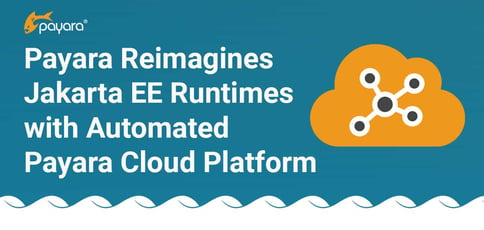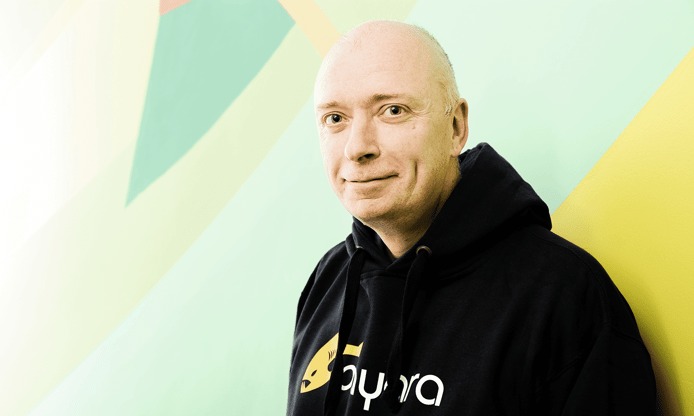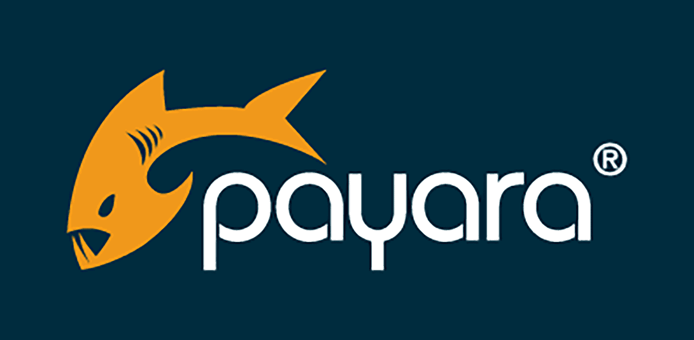
TL; DR: Payara offers a serverless solution that simplifies Jakarta EE (formerly Java EE) deployments on the cloud, allowing developers to operate with speed and agility. Its Payara Cloud platform automates infrastructure tasks and makes cloud deployment more efficient by saving developers time and money. Payara users can focus on writing code while also having the ability to run their applications from anywhere.
The developer’s life cycle is a long course to the finish line that includes several processes, starting from writing code to deploying applications. The steps between these two endpoints, however, can take up a lot of meaningful time that could be used for higher-value tasks. Menial management duties, including provisioning, routing, and setup, often delay deployment, causing developers to miss their target deadlines.
Infrastructure management involves tons of manual handling on the developer’s part, which can make producing multiple deployments and configurations on the cloud a nightmare. Companies want to be first to market with application releases, and that requires development with fewer disruptions. Accelerating application runtime can be made possible by leveraging platform technologies for seamless pipeline production. Payara is an open-source company that has developed a cloud platform allowing developers to concentrate on building applications while it takes care of the infrastructure.
“We adhere to a ‘write once, run anywhere’ principle…This is a philosophy we have extended to our next-generation cloud-native application runtime, Payara Cloud, where you can simply add your WAR file, click deploy, and watch it run on the cloud, with infrastructural tasks handled for you,” said Steve Millidge, CEO of Payara.
Payara takes pride in supporting developers along their deployment journey, and Payara Cloud is a testament to that. The company offers three platforms for developer needs: Payara Platform Community, Payara Platform Enterprise, and Payara Cloud. Each platform is tailored to complete specific tasks and applications and boost the open-source community. “All three products come from our commitment to shaping the future of the Jakarta EE industry and making developers’ lives easier,” said Steve.
In 2021, Payara won the Queen’s Award for Enterprise for outstanding achievements in International Trade. This award underscores Payara’s efforts in boosting the production potential of its international customers and its commitment to customer success.
Accelerating the Developer Life Cycle with an Automated Platform
Launched in October 2014, Payara was created as a replacement for Oracle’s GlassFish, for which commercial support had ended that same year. Oracle GlassFish was a popular application server as it supported projects built in the Java programming language, specifically for those using Java EE, now called Jakarta EE.
“Many large enterprises using it – including our first client, BMW – were at a loss for a reliable, supported replacement. This was an opportunity for us to innovate and to provide open software solutions,” said Steve.

Payara developed its platform in response and gained much traction, becoming an open-source leader with more than 90,000 users globally. Payara distinguishes itself from competitors by offering a platform that enables developers to take their applications and scale from edge devices through traditional infrastructure to containers and public cloud providers. Payara allows users to run applications in any environment easily.
Steve told us Payara created Payara Cloud to bring simplicity to cloud-native deployments. “The idea for Payara Cloud came from realizing that the concepts behind the application server – configuration and resource management – still apply in the cloud era, but the infrastructure technology has evolved,” Steve said.
Payara created Payara Cloud as an updated version of the application server, tailor-made to accommodate the cloud environment. The platform’s serverless approach allows developers to run their applications isolated from the infrastructure, freeing them from management burdens and accelerating their runtime.
“Payara Cloud takes a lot of complicated elements and automates them, handling them for you. In most cases, you still have to undertake significant work to prepare your application. Payara Cloud goes several steps further, taking away all tasks related to cloud deployment,” said Steve.
Championing Developers with a “Write Once, Run Anywhere” Principle
Payara leads its development and operations with one underlying principle: “write once, run anywhere.” This principle encapsulates its mission to support the open-source community and simplify developer workloads, no matter where they deploy.
“All Payara products free up developers to do what they do best, code the business logic, secure in the knowledge we are handling time-consuming tasks like logging, configuration, security, and metrics,” Steve said.
The company’s direct relationship with the Eclipse Foundation, the author of Jakarta EE, helps it better understand and deliver the needs of the Jakarta EE community. As a “born global” open-source company, Payara also partners with the global enterprise Java community to assess for improvements and create its solutions.

Payara’s customer support is also one of its crowning achievements. Payara Enterprise users can go to Payara to handle any bump in the road and receive direct support from Payara Platform engineers instead of an outsourced help desk. “Premium support retains customers. We differ from our competitors in providing support from application server experts and regularly receive praise for the prompt, personal nature of our service,” said Steve.
Payara furthers its stance in championing developer simplicity and efficiency with the addition of Payara Cloud. Cloud-native deployments consist of many manual tasks that take valuable time from developers. Payara Cloud resolves these pain points by automating them. The platform also has no learning curve and is easy to use.
“With Payara Cloud, enterprises can move Jakarta EE application to the cloud more quickly, with no extra training, and shield developers from demanding infrastructural tasks. This allows teams to build with more freedom and improves operational and cost efficiency,” said Steve.
Releasing New Updates to Support Jakarta EE 10
Payara serves more than 90,000 users in 32 countries, which wouldn’t be possible without its diverse group of team members. “We not only export to 32 countries but have employees to reflect our customer diversity, with Payarans in 15 countries and speaking 14 languages. We were already remote-first before the pandemic hit and have continued to thrive as a globally distributed team,” said Steve.
The Payara team plans on releasing new updates for customers. Payara was one of the first to have compatible implementations for the latest release of Jakarta EE, Jakarta EE 10. The team will integrate Jakarta EE 10 into its Payara Platform Enterprise product, along with tooling to support migrating applications and Payara Platform domains from Jakarta EE 8 to Jakarta EE 10 soon. Payara will also launch tooling updates for integrations with NetBeans, IntelliJ IDEA, and Eclipse Java IDE.
That’s not all. Its latest solution is also getting an update. “For Payara Cloud, we are adding support for highly available clustered deployments and zero downtime application upgrades bringing critical non-functional capabilities to application developers,” said Steve.
“We’re also working on MicroProfile 6.0 support, ensuring that Payara Platform users are always the first to be able to use new release versions!”



